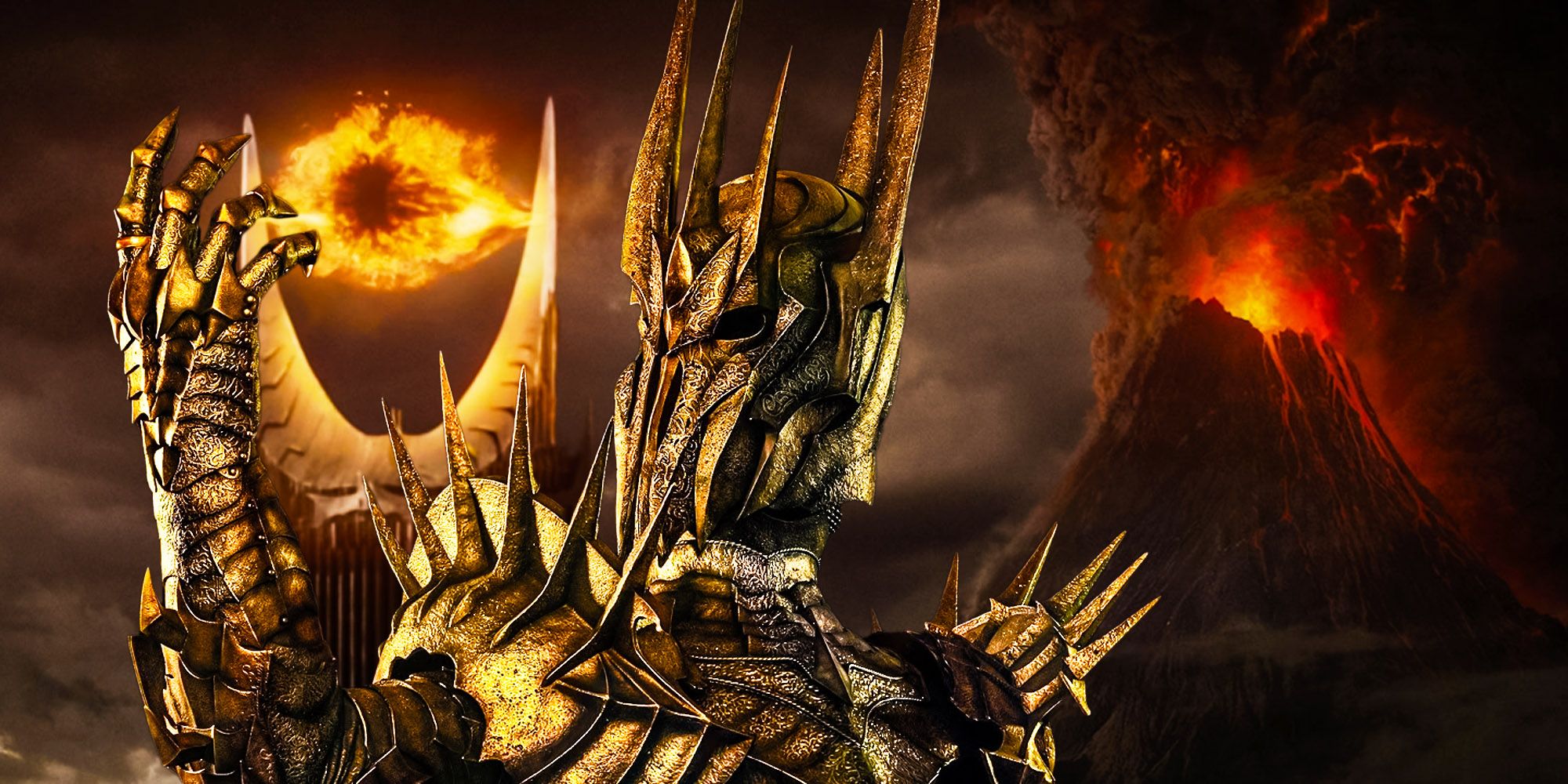The true form of the infamous villain from The Lord of the Rings’ has long been a subject of speculation. One fascinating perspective comes from J.R.R. Tolkien’s works, which, while presenting this iconic character, never fully revealed his physical visage. Released in three volumes from 1954 to 1955, The Lord of the Rings teases the narrative of Sauron but leaves his appearance somewhat ambiguous. Gollum mentions Sauron’s “black hand,” which sears painfully to the touch, yet filmmakers have taken creative liberties that provided a clearer image of this dark lord.
Fast forward to the end of the Third Age, and Sauron’s appearance had drastically declined. During the Second Age, an audacious attempt to invade Númenor led to a catastrophic loss of his shape-shifting abilities. As Númenor succumbed to the waves, so too did Sauron’s ability to adopt a “fair” form. What followed was a “Terrible” guise, used to battle heroes like Elendil and Gil-galad. After their confrontation obliterated that body, Sauron’s final appearance before the One Ring’s destruction was grotesque, as confirmed by the talented artists at Wētā Workshop.
Wētā Workshop Crafted Concepts for Sauron’s Hidden Appearance
Details of Sauron’s Appearance Planned for The Lord Of The Rings Movies
While Tolkien’s vision retained an air of mystery regarding Sauron’s true appearance, both The Hobbit and The Lord of the Rings films clarified his facial features in related art. The remarkable minds at Wētā Workshop collaborated with director Peter Jackson, contributing prop, costume, and character design that synchronized with Jackson’s cinematic vision. Inside the concept art book for The Hobbit: The Battle of Five Armies, designer Andrew Baker characterized Sauron as “a demonic, physical presence“ alongside terrifying artwork that depicted his haggard and deformed visage (as shared on Reddit).
Sauron: A Dark Reflection of Another Villain
Sauron’s Design in the Films Showcases Another Iconic Villain’s Legacy
In the concept art from Wētā Workshop, Sauron’s facial features emerged almost reptilian, defined by slit-like eyes and a flattened visage. This paler skin diverges from the charred and dark appearance one might expect based on descriptions from Tolkien’s novels. This interpretation of Sauron, crafted for the films, resonates with another well-known fantasy antagonist. While the armored Sauron displayed a stunning originality, Baker’s artistic vision came after the original trilogy and evidently bore the hallmark of Ralph Fiennes’ representation of Voldemort.

Related
How Sauron Loses His Shape-Shifting Power In The Lord Of The Rings
Sauron can’t shapeshift forever in The Lord of the Rings, linking to his final doom, and there’s a far deeper explanation than many realize.
The release of the Warner Bros. Harry Potter films coincided with the unveiling of The Lord of the Rings: The Fellowship of the Ring, and it’s intriguing how both franchises influenced one another. Voldemort serves as Harry Potter’s arch-nemesis, his disfigured appearance a reflection of his fragmented soul resulting from the creation of Horcruxes. In a somewhat parallel narrative, Sauron’s own soul division manifests itself through the singular Ring that he created. Thus, Wētā’s reimagining of Sauron stands as a fresh, contemporary twist on the classic The Lord of the Rings lore.
Source: The Hobbit: The Battle of the Five Armies Chronicles: Art & Design

